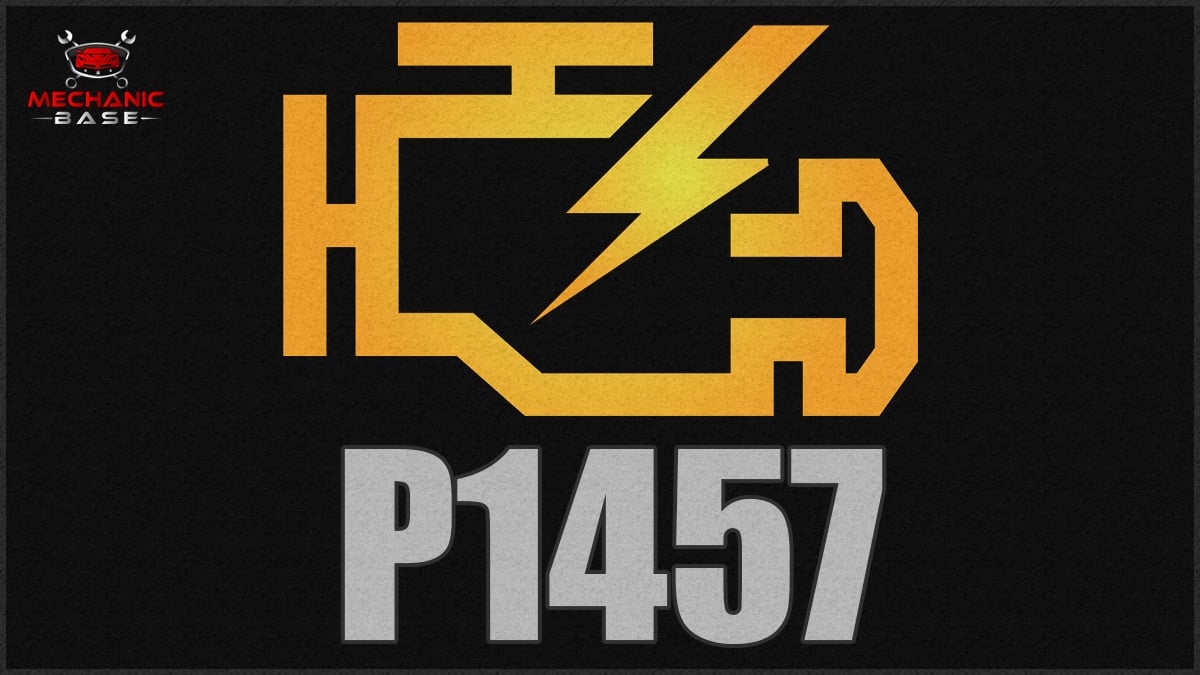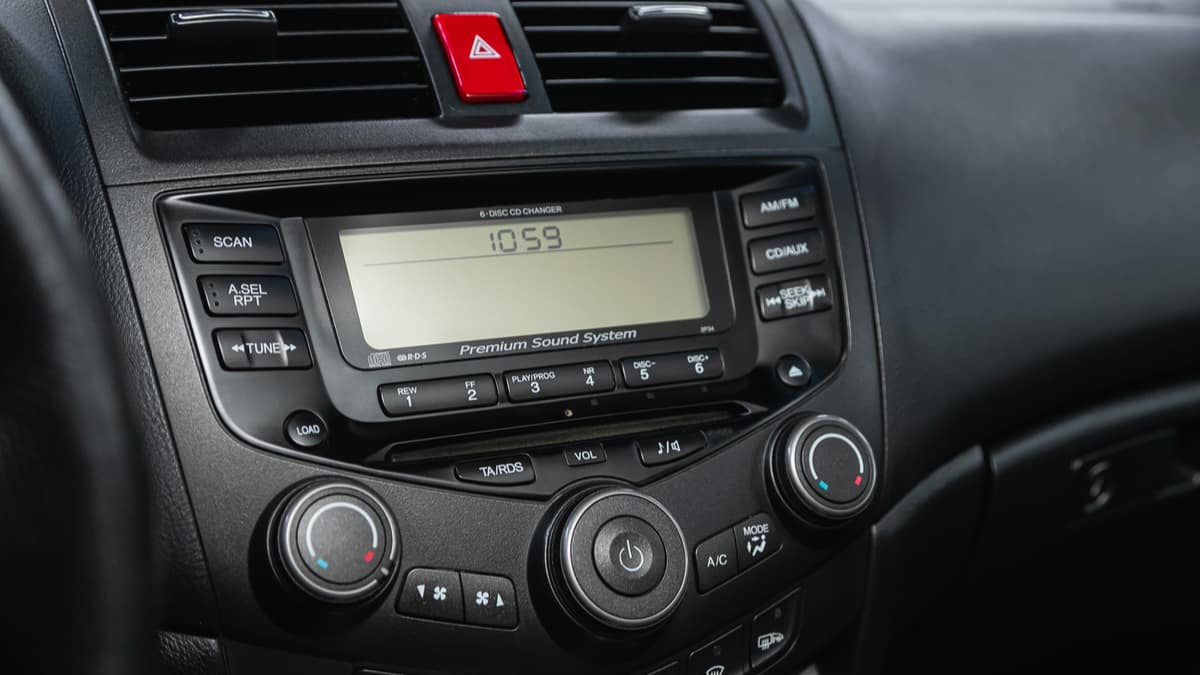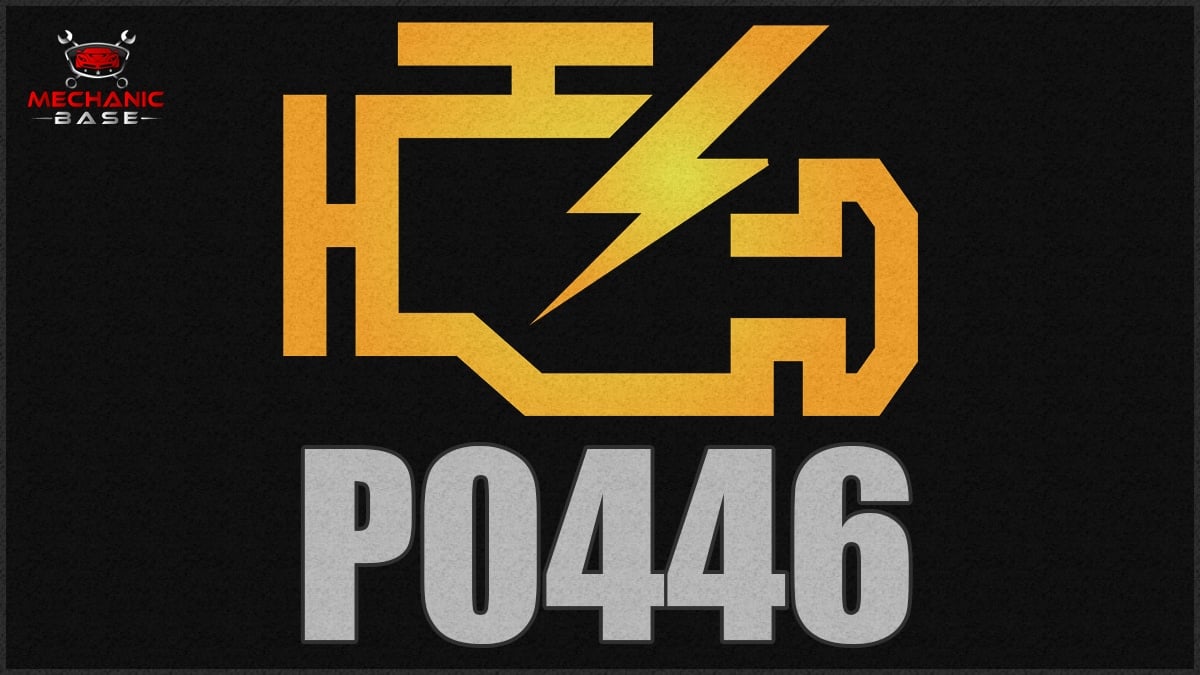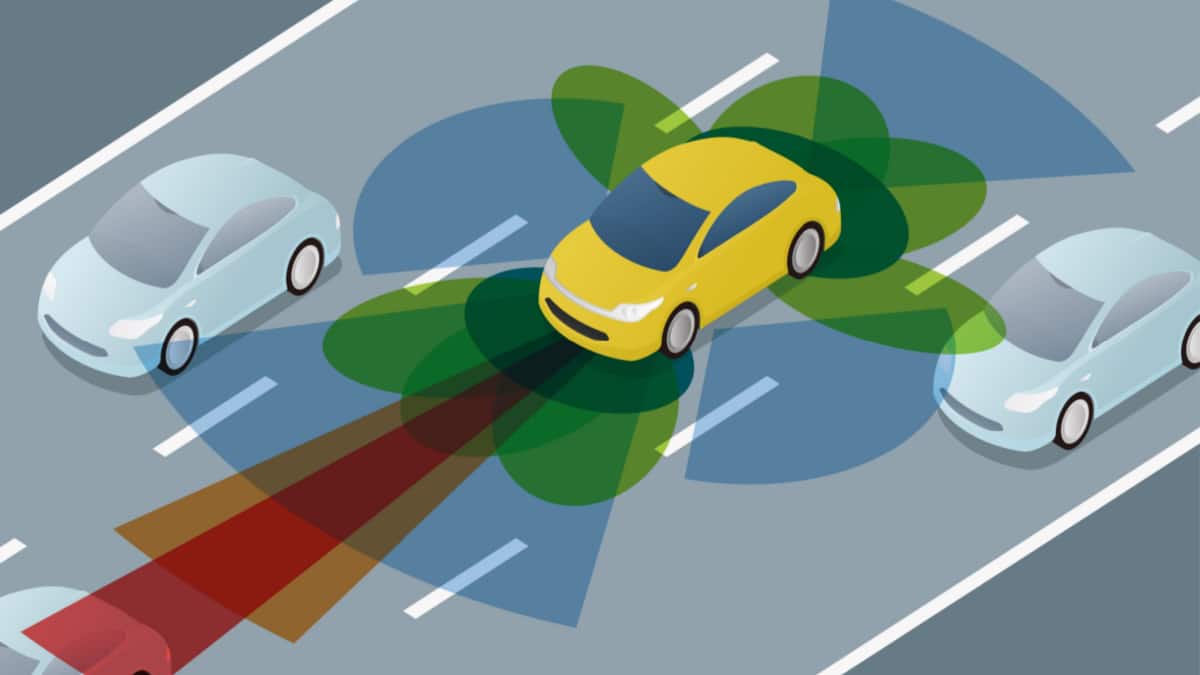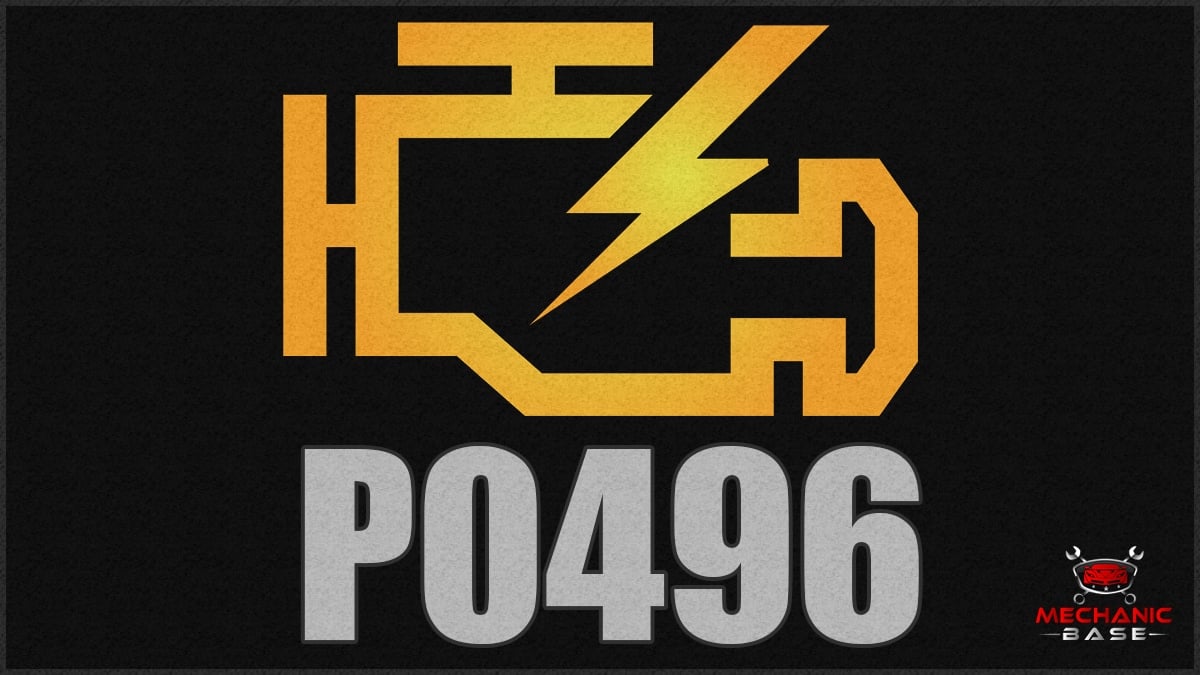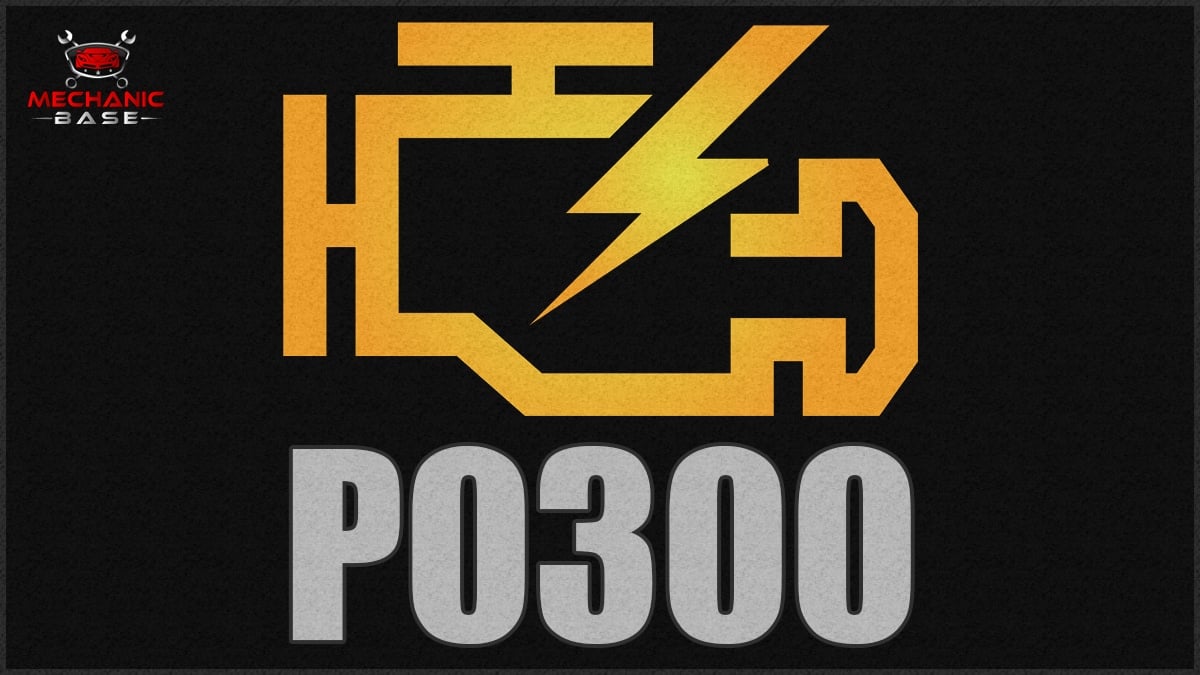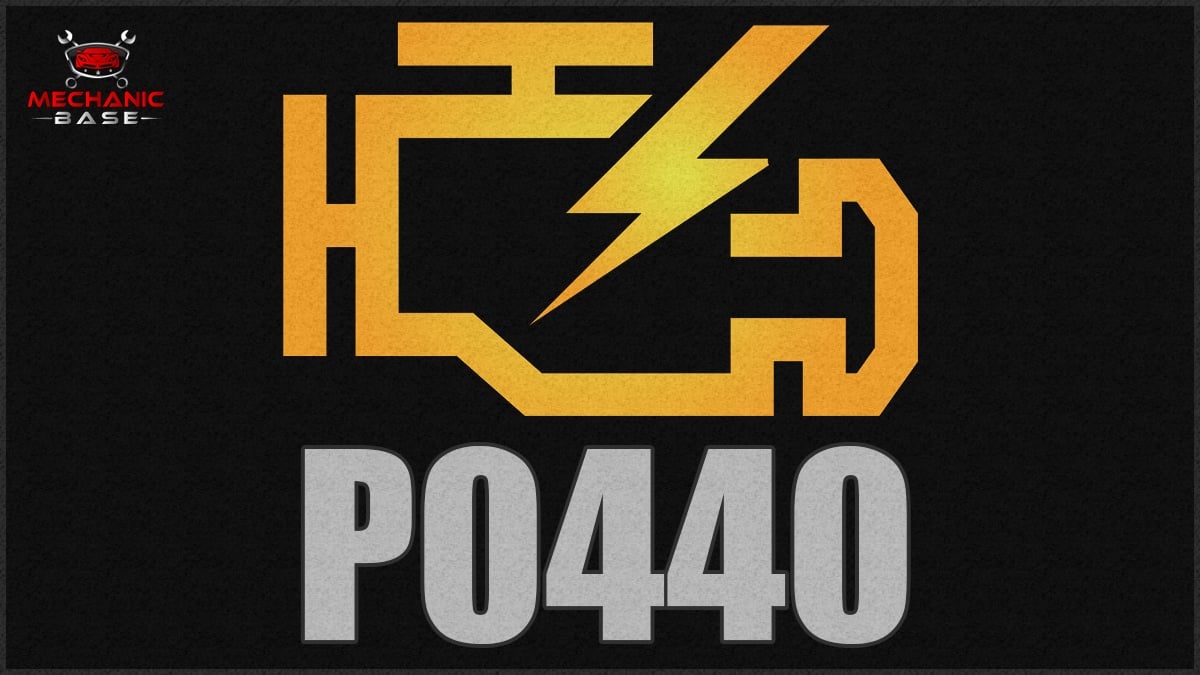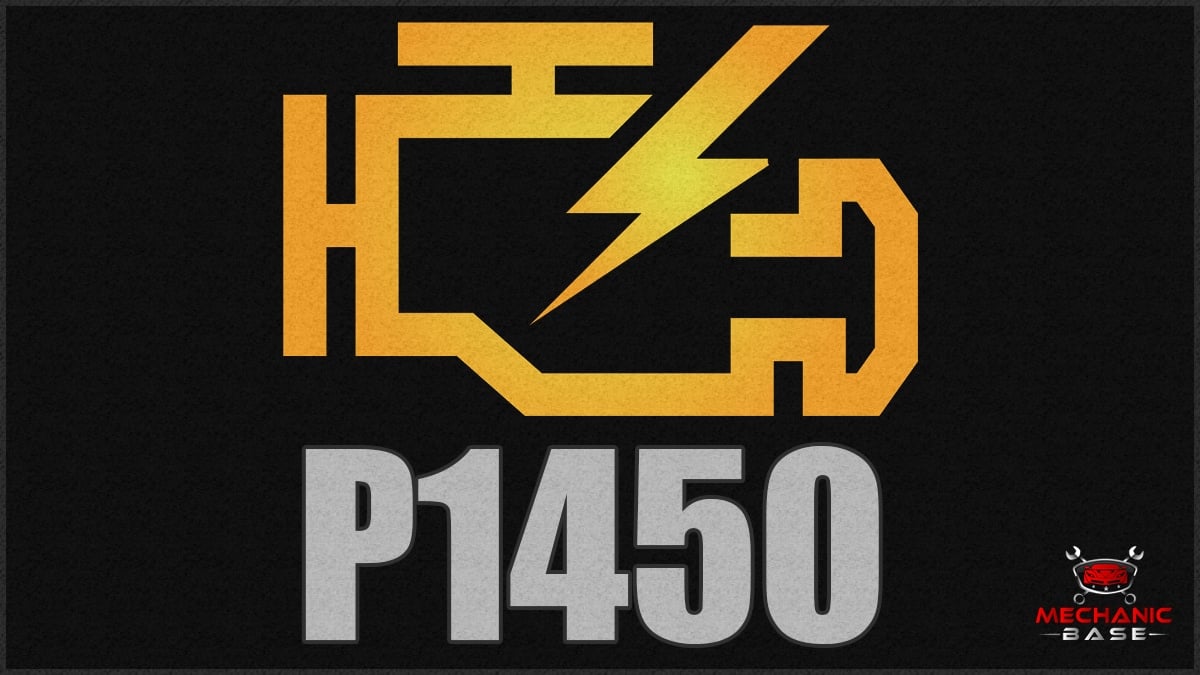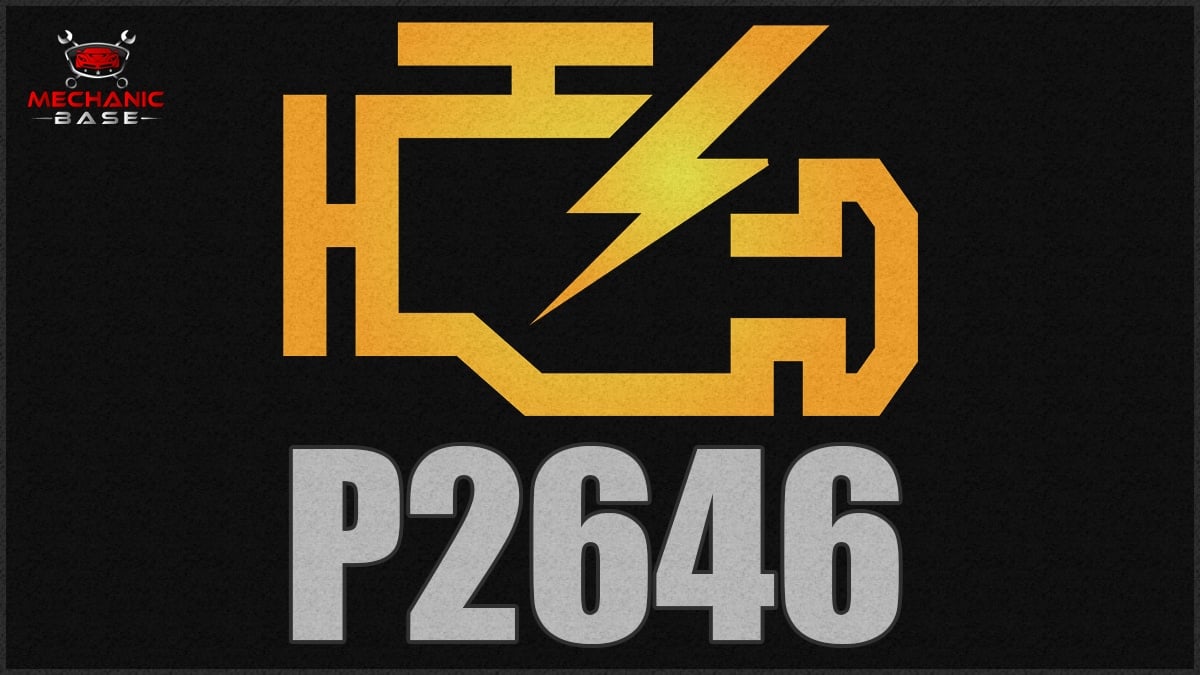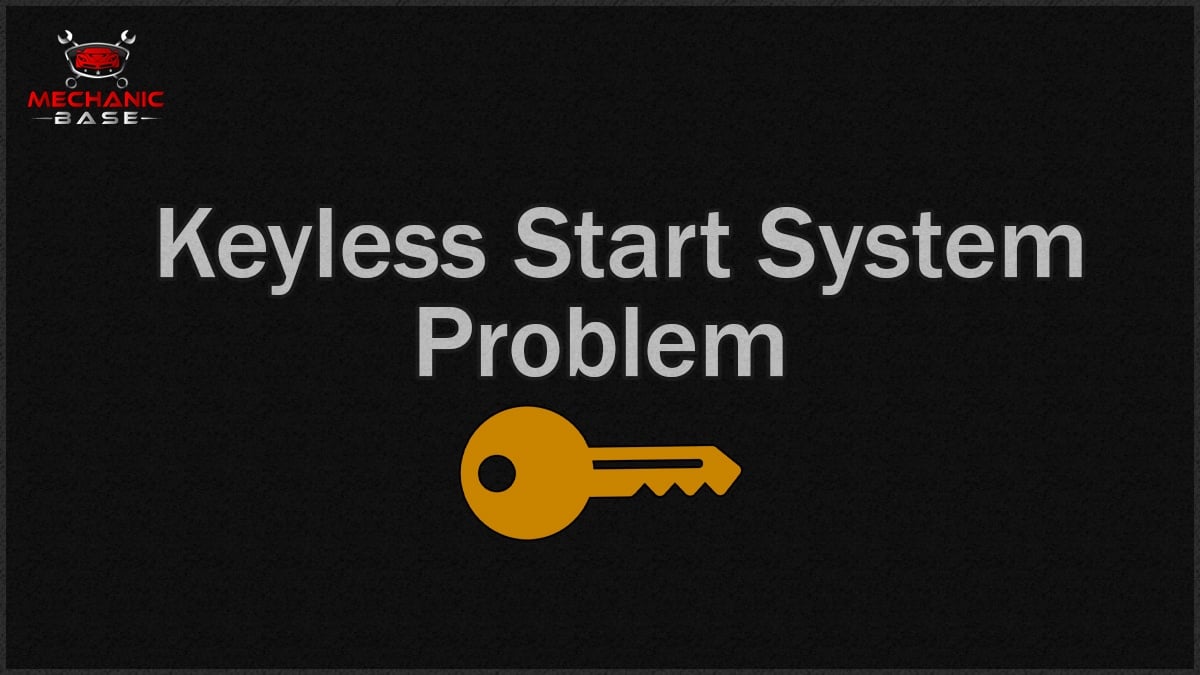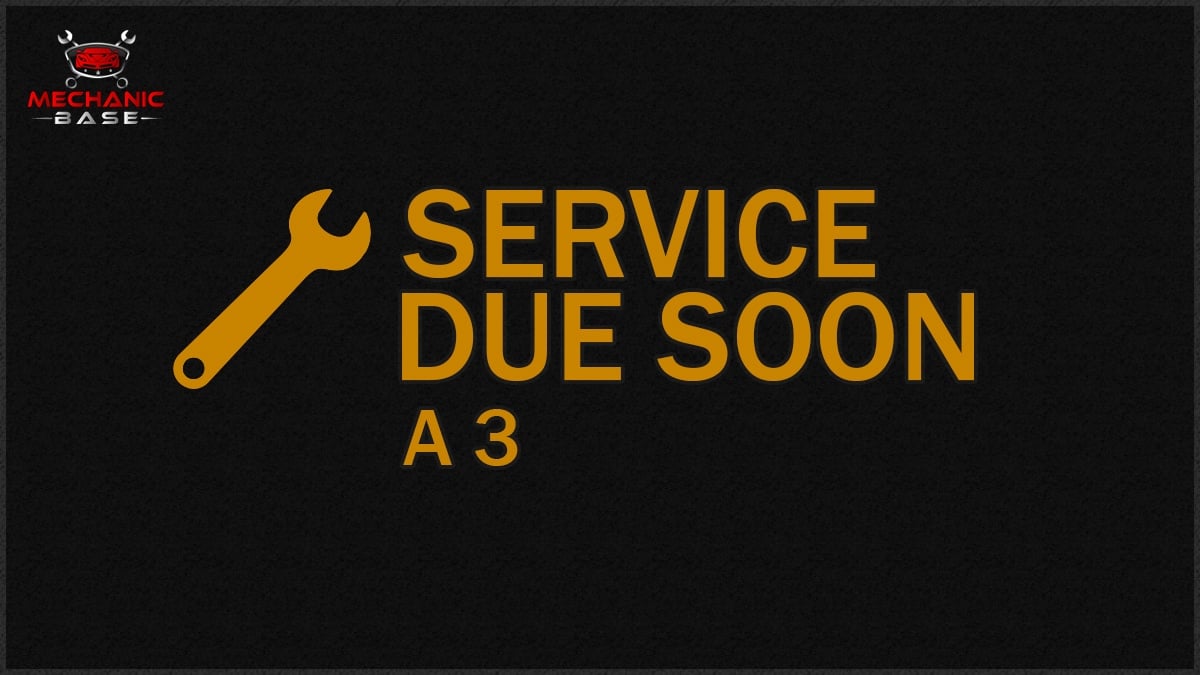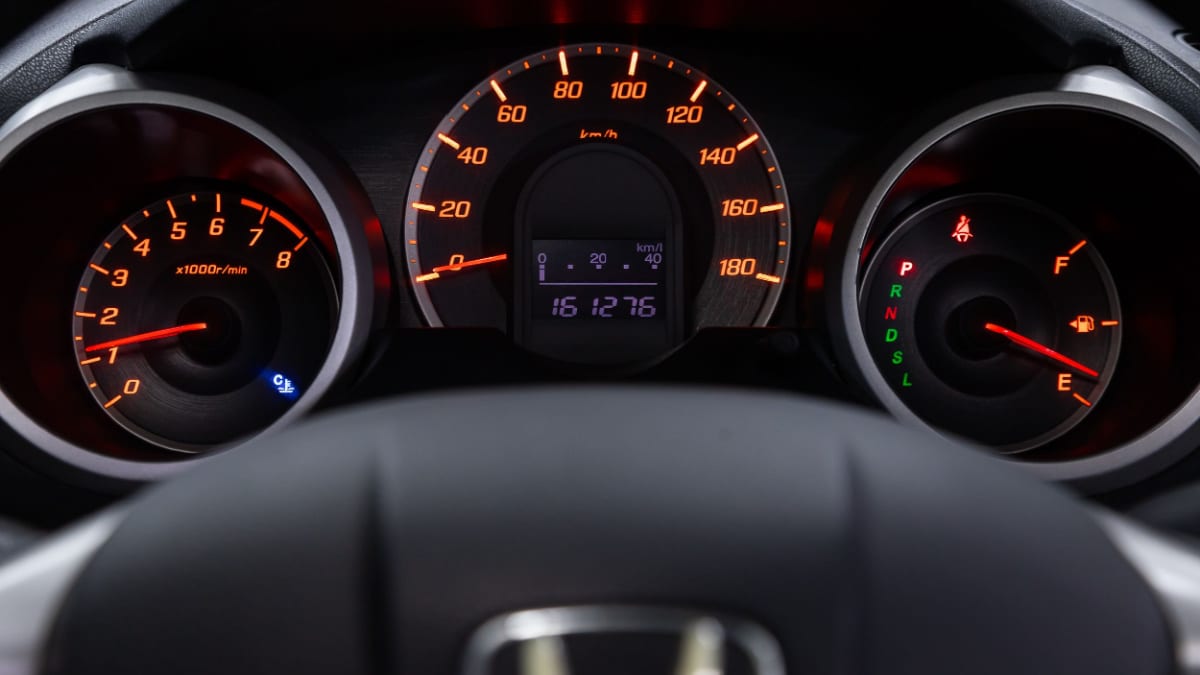Some trouble codes are generic, meaning they are used across the board for many manufacturers. On the other hand, there are some manufacturer-specific trouble codes that only show up with certain vehicles. The P1457 Honda code is one of these. While the P1457 DTC shows up occasionally with other brands, the meaning is specific to Honda.
In this guide, we cover Honda’s definition of the P1457 trouble code while also looking at causes and symptoms. By walking through the diagnostic steps we lay out, you may even be able to repair the problem at home. Because we know how many questions this problem brings up, we also added a section giving you some critical answers.
Code P1457 Definition
P1457 – EVAP System – Leak Detected
What Does the P1457 Honda Code Mean?
With Honda vehicles, the P1457 DTC means that there’s a leak detected in the EVAP system. Other manufacturers use the code to signify that the EVAP system can’t maintain proper vacuum in the fuel tank. While these are different definitions, they could ultimately mean the same thing.
The EVAP system is made from several critical parts, including the fuel cap, fuel tank, vacuum lines, electrical wiring, sensors and fuel lines. There is also a charcoal canister included. The purpose of the EVAP system is to keep the fuel vapors from entering the atmosphere. Vapors get stored in the charcoal canister before heading back to the engine through the vacuum lines. These vapors are used for combustion along with the regular air-fuel mixture.
If there’s a leak in the EVAP system, the engine may not be able to maintain an appropriate amount of vacuum. These problems cause the P1457 trouble code to be set.
There is even a technical service bulletin for many Honda models regarding the P1457 code, which you should look into first.
What Are The Symptoms Of P1457?
Many times, the Check Engine Light is the only symptom that is present with the P1457 trouble code. As the problem becomes worse, more symptoms could occur. Here are a few you may notice.
- Check Engine Light
- Rough idle
- Stalling engine
- Fuel smell in the cabin
- Failed emissions test
- Increased fuel usage
What Are The Causes of P1457?
Clearly, the P1457 code means that something is wrong with the EVAP system, but narrowing down the exact cause can be a little trickier. Here are a few causes worth considering during your evaluation.
- Loose or broken fuel filler cap
- Defective vent valve or solenoid
- Damaged vacuum lines
- Bad charcoal canister
- Defective wiring or corroded connectors
- Failed purge valve
- Malfunctioning fuel tank pressure sensor
How Serious is the P1457 Code?
Medium – At first, you may not notice any drivability issues, so you may think there’s no reason to worry about the Check Engine Light. However, the problems could intensify and other damage may occur.
For that reason, we always recommend having the fault repaired as soon as possible. Plus, your car is going to fail emissions testing during this time and it’s pumping added pollutants into the atmosphere.
How Do I Fix the P1457 Honda Code?
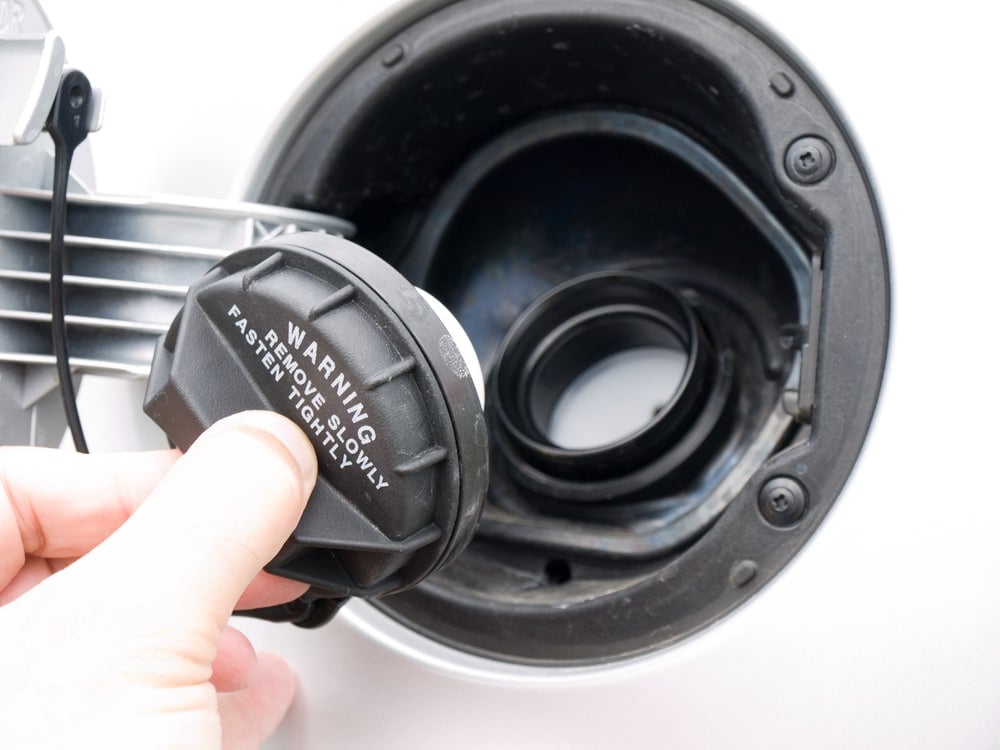
With the P1457 code set in the system, there are multiple fixes that may help. The only way to know for sure is to diagnose the problem, as the mechanics do. We outline those steps in a minute.
Until then, here are a few of the most common repairs.
- Tighten/replace the fuel filler cap
- Replace the vent valve or solenoid
- Repair vacuum lines
- Replace charcoal canister
- Repair bad wiring or corroded connectors
- Replace purge valve
- Replace the fuel tank pressure sensor
Common P1457 Diagnosis Mistakes
It’s not always easy troubleshooting the P1457 trouble code. It will take time and require you to examine multiple components. For this reason, many people overlook simple problems in search of something bigger.
As technicians, even we have overlooked small faults, such as a broken fuel cap. However, if we can all remember to start small, we can save a lot of time and money in the long run.
How to Diagnose the P1457 Trouble Code?
You want the same results that occur at the big shops. For that to happen, you must diagnose the EVAP system the same way. Read through your Honda service manual to get more information and follow through with these steps.
- Connect your OBD2 scanner. Read the codes to see if anything else is going on. You can use our trouble code library to learn more.
- Inspect the gas cap. If it’s loose, tighten it up. Otherwise, if there’s any damage, you should replace the cap with a new one.
- Inspect the EVAP canister side vacuum lines. Look for leaks at the connection ends and hoses.
- Inspect the charcoal canister and fuel tank for damage or leaks.
- Check the canister vent valve. Any corrosion or contaminants can lead to a leak.
If you are unable to find the problem or don’t feel equipped to repair it, reach out to a qualified Honda mechanic. They understand the ins and outs of your vehicle, so it won’t be a problem for them to fix.
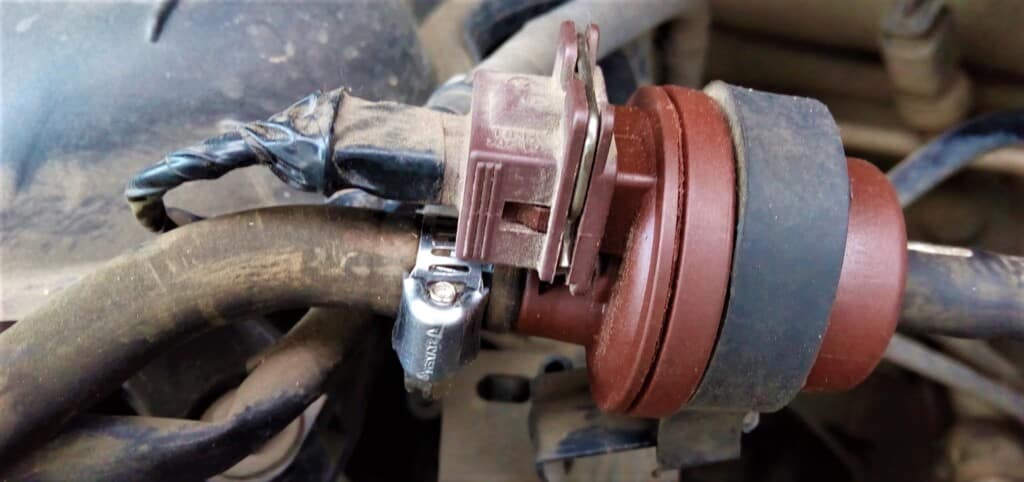
How Much Does It Cost To Fix Code P1457 On A Honda?
Our team has put together some of the top fixes and approximate repair costs. These estimates examine both the parts and labor cost, but you should be able to save money doing it yourself.
- Tighten/replace fuel filler cap – $0-$25
- Replace vent valve or solenoid – $75-$400
- Repair vacuum lines – $150-$1,500
- Replace charcoal canister – $150-$650
- Repair bad wiring or corroded connectors – $50-$550
- Replace purge valve – $150-$300
- Replace fuel tank pressure sensor – $250-$450
A Mechanic’s Tips About The P1457 Code
The P1457 is often one that can be prevented. If the gas cap is damaged or missing, problems arise that cause headaches. For this reason, it’s important to keep the gas cap in good condition and to always make sure it’s tight.
Additionally, there are some other related trouble codes you could notice. These include:
- P1450 – Unable to Bleed Up Fuel Tank Vacuum
- P1452 – Unable to Bleed Vacuum in Tank
Is code P1457 serious?
Trouble code P1457 on a Honda isn’t normally serious. In many cases, it’s caused by a fuel tank filler cap that’s loose or broken. If that’s not the case, another EVAP system part might have failed, requiring replacement.
How do I fix error code P1457?
The best way to diagnose the P1457 is to read other trouble codes that may reveal a bigger picture. You also want to inspect the gas cap to ensure it’s secure. If that’s not the problem, a full inspection of the EVAP system is required to figure out what needs to be replaced.
What is code P1457 on Honda CRV?
The P1457 trouble code indicates an EVAP system leak. It could be something as simple as a broken gas cap or something more severe, such as a bad fuel tank pressure sensor. The only way to know for sure is to diagnose the system the same way professional mechanics do.
What is the EVAP system on Honda Accord?
The Honda EVAP system prevents fuel vapors from entering the atmosphere by recirculating them through the engine. It’s made up of the fuel tank and the lines running to the engine. It also includes the gas filler tube and the cap that closes it up.
You don’t have to bang your head against the wall when dealing with the P1457 Honda trouble code. With our extensive guide, all of the diagnostic procedures are laid out for you.
With a thorough inspection, you can figure out the problem and fix it quickly. If you are lucky, you will only need to tighten up the gas cap, clear the codes and you’ll be ready to roll.
Learn more:
- Honda VIN Decoder
- VSA Light Honda – Meaning, Causes (& How To Fix)
- FCW System Failed in Honda – Meaning, Causes & How to fix
Tags: Honda
Categories: OBD Codes
